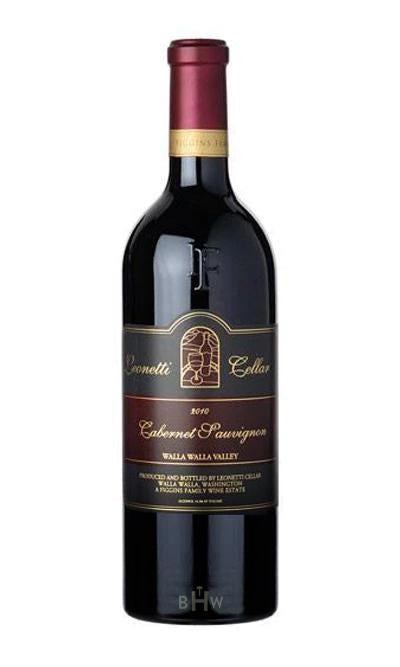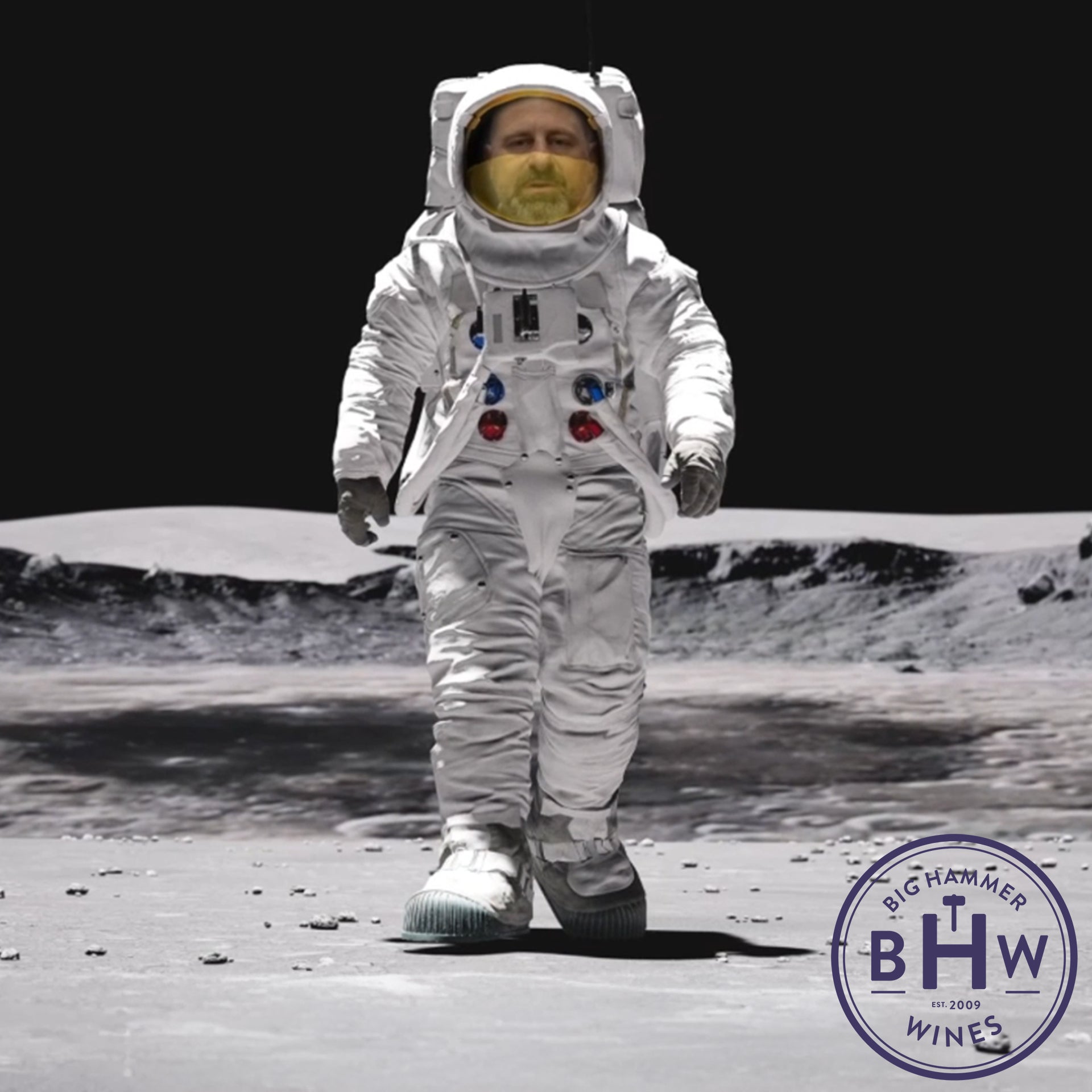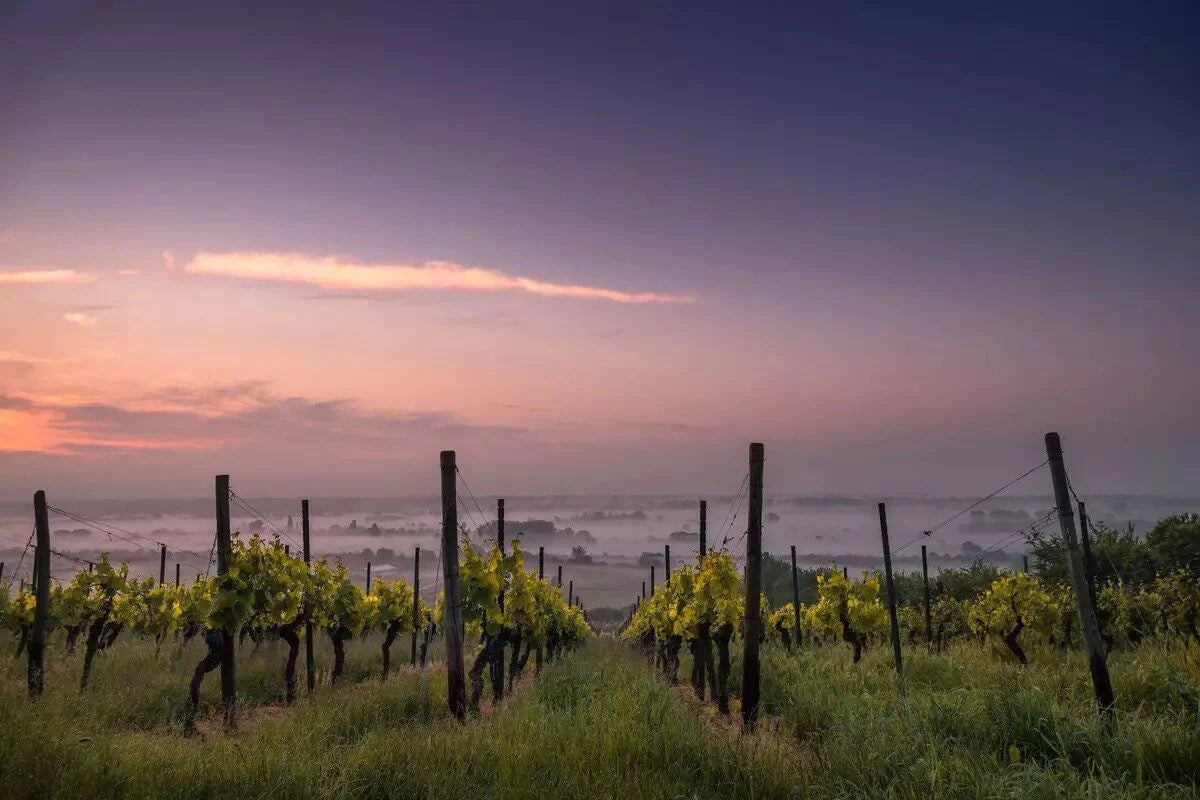2012 Leonetti Walla Walla Cabernet Sauvignon 96 WA
Quick Description

2012 Leonetti Walla Walla Cabernet Sauvignon 96 WA
The 2012 Walla Walla Cabernet Sauvignon is similar to the Reserve, yet slightly more elegant and streamlined at present. Made from 89% Cabernet Sauvignon, 6% Merlot, 3% Cabernet Franc and 2% Petit Verdot that spent 22 month in new and once-used French oak, it exhibits terrific aromatics of leafy herbs, spring flowers, violets, lead pencil shavings and ample cassis and black raspberry-style fruit. Full-bodied, seamless and perfectly balanced, with a stacked mid-palate and building tannin, it’s another candidate for short-term cellaring and will have 2-3 decades of overall longevity.Just shy of two decades on in the history of Walla Walla's first bonded winery and one of Washington State's greatest vinous success stories, pioneer Gary Figgins and his son Chris (who had just gotten his horticultural degree and joined the family business) embarked on a path of re-directing, indeed re-creating Leonetti Cellars as an estate bottler and farmer of the local terroir. In the summer of 1996, the Figginses became partners in the emerging Seven Hills Vineyard south of Walla Walla. The following winter, severe frost drastically cut their supply of fruit from established Yakima Valley vineyards, encouraging a decision to invest in sites of their own nearer home. Chris Figgins chose the spot that the following year became Mill Creek Upland Vineyard - then the rare instance of a family wheat farm for sale, and at a price that raised not just locals' eyebrows but ire; and in 2002 Loess Vineyard was planted 17 miles away and adjacent to the winery, with lay-out and clonal diversity predicated on the family's by then extensive experience at Seven Hills and Upland. These three Leonetti estate vineyards offer a vivid example of Walla Walla microclimatic diversity (and that's without even venturing across the line into Oregon and the cobbles of Milton-Freewater or the as yet largely undeveloped higher Blue Mountain foothills), which make for a typically month-long harvest, not to mention for a corresponding diversity of raw materials from which to achieve wines of balance and complexity or - if desired - site-specificity. The younger Figgins officially took over as winemaker from his father in 2006, and even a very occasional taster of Leonetti wines - as I was until this year - could not fail to detect a change in style over the past decade, one Chris Figgins is quite willing to directly address. "In the '90s, I'd say my dad made Michel Rolland wines before Michel Rolland (influenced Washington winemaking). People loved them. Here was something that was so ripe, so evolved, so in-your-face. Honestly, that's kind of what initially made the name of Leonetti to (the point of) a cult-like status were these wines that drank great out of the gate. When I gradually took over, I said 'Look, we're doing all this stuff in our vineyard. I don't want to be a style-driven winemaker; I want to be vineyard-driven." American oak is now down to a tiny fraction of our cellar. We've gone from 100+% new oak to 70-75% on the Cabernet, and even then I'm looking for coopers whose barrels are super-fruit-respectful.- Extraction has become less aggressive as well. "It was nerve-wracking making the adjustment" in style, he confesses. Not only that, Figgins explains, "I've changed my agricultural paradigm, composting in a big way and trying to build a complete, enclosed system where nothing - no stems, no seeds - leave the facility." Extensive berms of wild flowers; encouragement of predators; minimizing of sprays; tough viticultural love but a compromise between control and sprawl in pruning and training - all are designed to build a healthy, low-level tolerance in the vine for pests, diseases, and heat spikes.
*Vintage shown in the image does not correspond to actual vintage.
The 2012 Walla Walla Cabernet Sauvignon is similar to the Reserve, yet slightly more elegant and streamlined at present. Made from 89% Cabernet Sauvignon, 6% Merlot, 3% Cabernet Franc and 2% Petit Verdot that spent 22 month in new and once-used French oak, it exhibits terrific aromatics of leafy herbs, spring flowers, violets, lead pencil shavings and ample cassis and black raspberry-style fruit. Full-bodied, seamless and perfectly balanced, with a stacked mid-palate and building tannin, it’s another candidate for short-term cellaring and will have 2-3 decades of overall longevity.
Just shy of two decades on in the history of Walla Walla's first bonded winery and one of Washington State's greatest vinous success stories, pioneer Gary Figgins and his son Chris (who had just gotten his horticultural degree and joined the family business) embarked on a path of re-directing, indeed re-creating Leonetti Cellars as an estate bottler and farmer of the local terroir. In the summer of 1996, the Figginses became partners in the emerging Seven Hills Vineyard south of Walla Walla. The following winter, severe frost drastically cut their supply of fruit from established Yakima Valley vineyards, encouraging a decision to invest in sites of their own nearer home. Chris Figgins chose the spot that the following year became Mill Creek Upland Vineyard - then the rare instance of a family wheat farm for sale, and at a price that raised not just locals' eyebrows but ire; and in 2002 Loess Vineyard was planted 17 miles away and adjacent to the winery, with lay-out and clonal diversity predicated on the family's by then extensive experience at Seven Hills and Upland. These three Leonetti estate vineyards offer a vivid example of Walla Walla microclimatic diversity (and that's without even venturing across the line into Oregon and the cobbles of Milton-Freewater or the as yet largely undeveloped higher Blue Mountain foothills), which make for a typically month-long harvest, not to mention for a corresponding diversity of raw materials from which to achieve wines of balance and complexity or - if desired - site-specificity. The younger Figgins officially took over as winemaker from his father in 2006, and even a very occasional taster of Leonetti wines - as I was until this year - could not fail to detect a change in style over the past decade, one Chris Figgins is quite willing to directly address. "In the '90s, I'd say my dad made Michel Rolland wines before Michel Rolland (influenced Washington winemaking). People loved them. Here was something that was so ripe, so evolved, so in-your-face. Honestly, that's kind of what initially made the name of Leonetti to (the point of) a cult-like status were these wines that drank great out of the gate. When I gradually took over, I said 'Look, we're doing all this stuff in our vineyard. I don't want to be a style-driven winemaker; I want to be vineyard-driven." American oak is now down to a tiny fraction of our cellar. We've gone from 100+% new oak to 70-75% on the Cabernet, and even then I'm looking for coopers whose barrels are super-fruit-respectful.- Extraction has become less aggressive as well. "It was nerve-wracking making the adjustment" in style, he confesses. Not only that, Figgins explains, "I've changed my agricultural paradigm, composting in a big way and trying to build a complete, enclosed system where nothing - no stems, no seeds - leave the facility." Extensive berms of wild flowers; encouragement of predators; minimizing of sprays; tough viticultural love but a compromise between control and sprawl in pruning and training - all are designed to build a healthy, low-level tolerance in the vine for pests, diseases, and heat spikes.
*Vintage shown in the image does not correspond to actual vintage.
Don't Miss This

Step Up Your Wine Experience with Big Hammer Wines
We taste over 5,000 wines tasted every year so you don't have to. We only pick 90+ rated wines sourced from the best wineries from all around the world.
Plus free shipping when you buy 12 or more bottles.

What our customers say about us
Loved This Wine ? Share Your Thoughts!
Click the button below to leave a review.
